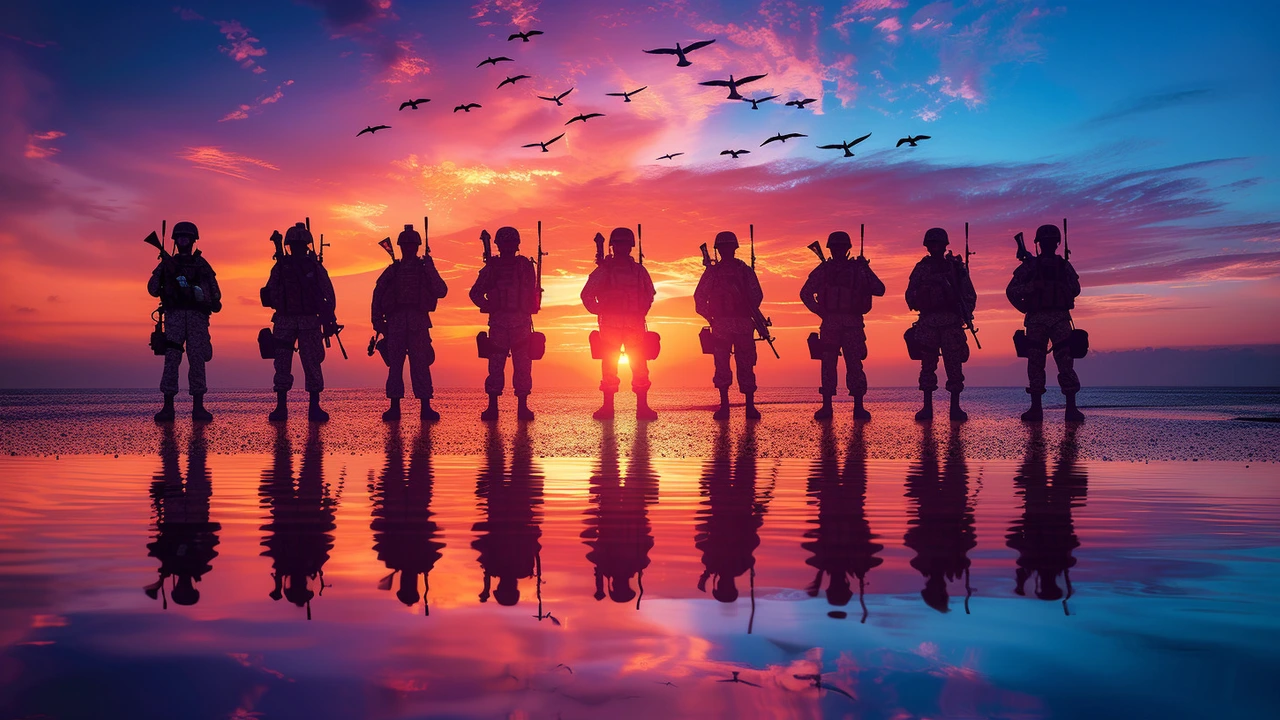Peacekeeping works like a practical toolbox for fragile states. When violence flares, well‑planned missions can stop the worst immediate harm, protect civilians, and buy time for political solutions. You don’t need theory to see it: when armed groups pull back and humanitarian corridors open, people get food, kids go back to school, and local leaders get space to negotiate.
They protect people. That can mean patrolling neighborhoods, guarding camps for displaced people, or escorting aid convoys to keep supplies moving. They monitor ceasefires and report violations, giving negotiators solid facts instead of rumors. Peacekeepers also support basic law and order by training police, helping courts restart, or advising prisons on humane practices.
Beyond security, they help societies rebuild trust. Missions often support elections, help reintegrate former fighters, and back programs for local reconciliation. They coordinate with aid groups so schools, clinics, and water systems get rebuilt faster. These actions reduce the risk that a flare‑up turns into a wider war.
Look at real examples: missions like MONUSCO in the Democratic Republic of Congo or UNMISS in South Sudan show how protection, monitoring, and support for local institutions can make a measurable difference even when problems are huge.
Peacekeeping isn’t magic. It can fail when mandates are unclear, when missions lack troops or equipment, or when local politics block progress. Sometimes peacekeepers arrive too late or with limits that stop them from protecting civilians effectively. That’s why realistic goals matter: a mission needs clear rules, enough resources, and local buy‑in.
If you want to judge a mission, ask three simple questions: Can it protect civilians on the ground? Does it help rebuild local systems like courts and police? Is it supporting a political process that can last after the mission leaves? If the answers are mostly yes, the mission is more likely to succeed.
Civil society and donors also matter. Local groups know the context best; donors must fund long‑term recovery, not just short‑term security. International planners should prioritize training, logistics, and fast response teams so peacekeepers can act when violence spikes.
Peacekeeping is not a silver bullet, but it is a vital tool. When properly designed and supported, it reduces violence, protects civilians, and creates breathing room for politics and rebuilding. Want safer communities and more predictable aid delivery? Strong, well‑resourced peacekeeping missions are a big part of the answer.

Hi there! I've just immersed myself into a deep exploration of a very timely and significant topic - peacekeeping. It turns out, it serves as a crucial instrument for conflict prevention, contributing massively to global peace efforts. This article unwraps the essence of peacekeeping and its pivotal role as a preventive measure against escalations of disagreements and conflicts. Trust me, peacekeeping might appear simple on the surface, but there's so much more to it that we need to understand and value. Stay tuned if you're as intrigued as I am!
